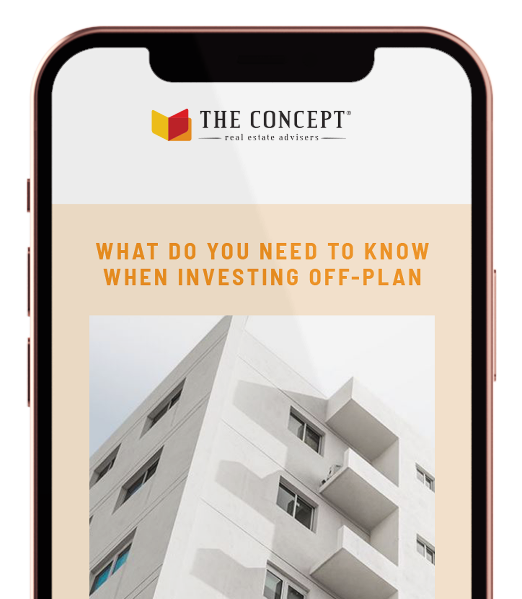THE MOST IMPORTANT TRENDS IN THE NEXT 10 YEARS IN REAL ESTATE
THE MOST IMPORTANT TRENDS IN THE NEXT 10 YEARS IN REAL ESTATE
Mar 2021
Although the next decade may seem difficult to predict in terms of real estate trends, they can already be mapped by the emerging trends of today and the regulations that will be imposed at European and national level. So what are the most important trends to watch in the next 10 years in real estate?
- Houses with gardens
Demand for homes has tripled in the context of the pandemic (indeed from a small amount in total units, but still enough to put home development on developers’ radar). Still, apartments are being built and demanded overwhelmingly more than houses in big cities.
And naturally, apartments have several advantages: proximity to city amenities (such as schools, kindergartens, shopping areas), proximity to business areas (to which people still stay close even if they work in workfromhome), proximity to transport infrastructure and lower maintenance costs.
In addition, housing estates are usually built outside cities, where newly created communities have to overcome the great challenge of utilities and access to cities.
Even so, our estimates are that housing estates will become increasingly prevalent over the next 10 years.
- Green technologies
Green technologies still have a higher price tag than traditional building technologies. However, year after year, the cost of these building technologies is decreasing and is getting closer to the cost level of traditional technologies.
But the stakes are high enough for governments, companies and end-users to work together to grow this market for green technologies.
A lot of things come into play here: heat pumps, heat recovery ventilation systems, solar panels, ‘green’ cement and steel (whose production uses carbon-negative technologies), efficient lighting systems, green insulation.
- Smart Home systems
Increasing penetration of smart home technologies in the total of new developments: smart thermostats, sensors on windows that stop heating when they are open, smart locks, smart lights, voice calls, etc.
We estimate that green technologies and smart home systems will become standard in the next decade as the EU and the Romanian government impose them, through regulation, incentives and public procurement, to reduce energy consumption and carbon emissions.
- Co-working facilities
The Work-From-Home trend for many of us has been validated by the 1 year pandemic. In this context, co-working facilities will increasingly become part of new residential projects.
In this way, their residents will be able to move down to the co-working area if they want to separate work from life and personal space. It will also be possible to create entire teams of different companies to live and work in such complexes.
- Larger indoor and outdoor spaces
Particularly for Romania, where the level of housing congestion is the highest in Europe and especially for those in Work-From-Home, larger indoor and outdoor spaces are in high demand.
In this context, indoors, a room or a semi-defined area as an office becomes a necessity, and outdoors, a terrace or garden.
See other articles
and get information from our experts in the field.
MOUNTAIN PROPERTIES HAVE BECOME ATTRACTIVE TO INVESTORS
Before the pandemic, buying a property in a mountain resort was seen as an investment for a small group of people with very high incomes,…
HOW QUICKLY CAN YOU RESELL A NEW PROPERTY?
Let’s assume that you have purchased a new property for investment purposes, or perhaps even a property in the construction phase. How quickly you can…
What's the deal with Real Estate Investment Trusts (REIT)?
Real Estate Investment Trusts (REITs) are a classic way to invest in the real estate market without buying physical properties. A REIT is a company…

Throughout this time, I've seen many mistakes people make when investing in pre-sales. So, we've learned from their experiences and decided to share them with you.
We have prepared for you a guide with 4 THINGS TO BE AWARE OF WHEN INVESTING IN PRE-SALES
and don't repeat on your own dime the mistakes others have made
